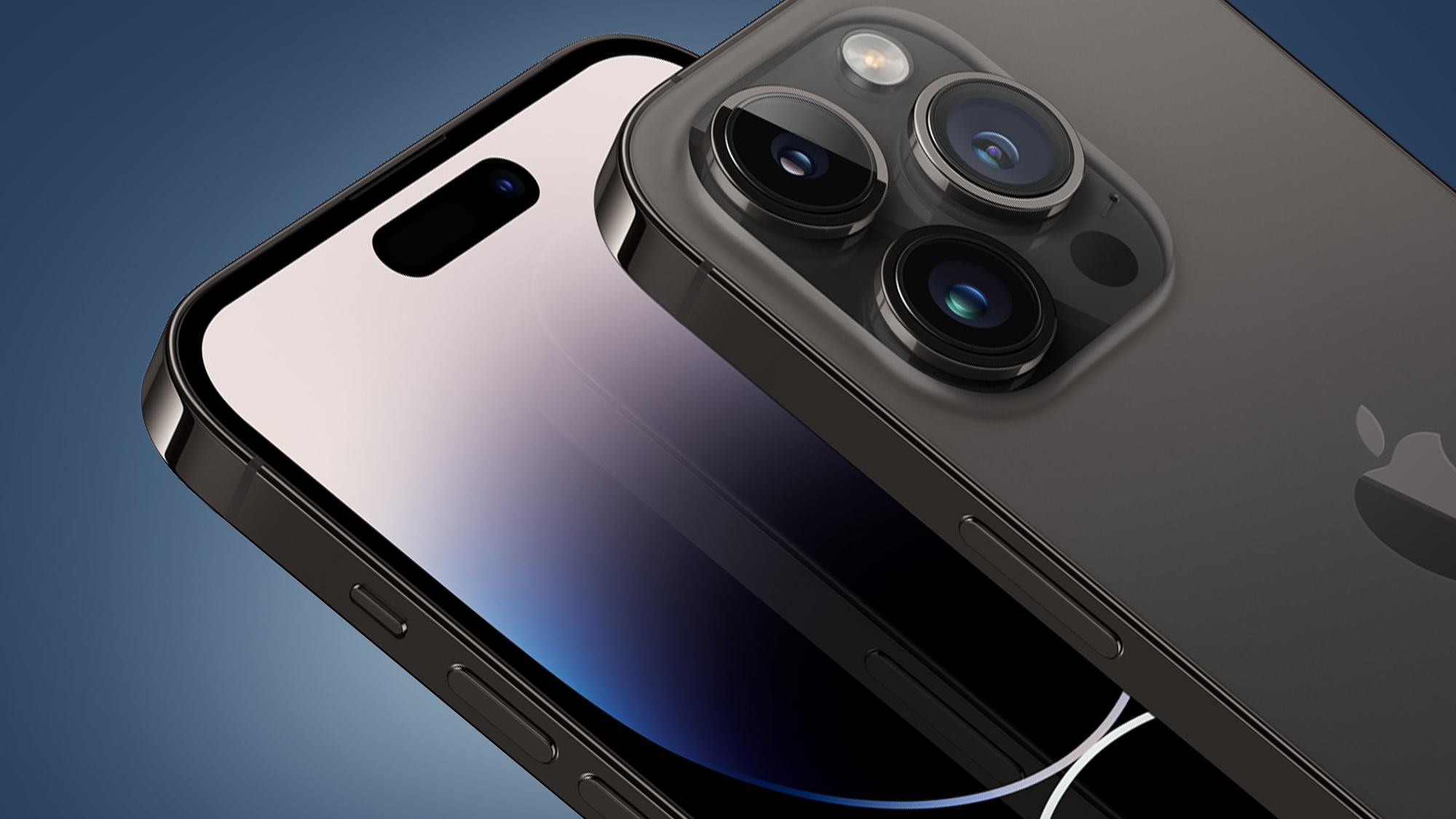
We’re all but certain that the iPhone 15 Pro will arrive bearing solid-state (i.e. non-physical) volume and power buttons, and we’re now hearing more about how these touch-sensitive panels might work, especially when the phone is turned off.
In a new MacRumors forum post, an anonymous leaker has claimed that a new microprocessor will support the iPhone 15 Pro’s solid-state buttons, rendering them capable of detecting touches even when the device is switched off. The microprocessor in question is rumored replace the Super Low Energy Mode currently used in the iPhone 14 Pro, which allows apps like Find My and Apple Pay to function with next to no power.
This is important news for Apple fans skeptical about the functionality of the iPhone 15 Pro’s possible solid-state volume and power buttons. In essence, these new panels will be able to sense presses, holds, and a “version of Apple’s 3D Touch” while the phone is dead or powered down.
The presence of a new microprocessor should also mean that these buttons aren’t reliant on the active iOS to function, so you’ll still be able to perform actions like a hard reset should you run into trouble with your iPhone 15 Pro.
Per the aforementioned leaker – who, incidentally, is supposedly the very same person who first hinted that the iPhone 15 and iPhone 15 Plus will feature Apple’s Dynamic Island – the new microprocessor is currently being tested with and without Taptic Engine feedback, and will reportedly take on the responsibility of managing Find My, Bluetooth, and Apple Pay's express transit payments feature on the iPhone 15 Pro.

The source also claims that this tiny chipset will let you increase or decrease your iPhone 15 Pro’s volume faster depending on how much pressure is applied to each button. Alternatively, you may be able to control volume by swiping your finger up or down on the buttons themselves. Apple reportedly has yet to decide on its preferred method.
Finally, this anonymous leaker notes that Apple may not publicize the existence of this new microprocessor – which will “definitely” be there – when the iPhone 15 Pro is officially unveiled in September. Instead, the company could simply “[leave it] in the technical specifications.”
Sign up for breaking news, reviews, opinion, top tech deals, and more.
As for what other features might be coming to the iPhone 15 Pro (and the much-rumored iPhone 15 Ultra), a chip upgrade – likely an A17 Bionic – will be made exclusive to Apple’s most expensive iPhones, with recent leaks hinting that this processor could make the iPhone 15 Pro as fast as an M1 MacBook. The iPhone 15 and iPhone 15 Plus, by contrast, are expected to inherit last year’s A16 Bionic.
A titanium frame and periscope camera have also been touted as arriving with the iPhone 15 Ultra, which looks set to take the place of an iPhone 15 Pro Max.
We’ll be staying abreast of all the latest iPhone 15 news, rumors and leaks, as and when they surface, so stay tuned to TechRadar for the most up-to-date info on what's likely to be 2023’s hottest smartphone launch.

Axel is TechRadar's Phones Editor, reporting on everything from the latest Apple developments to newest AI breakthroughs as part of the site's Mobile Computing vertical. Having previously written for publications including Esquire and FourFourTwo, Axel is well-versed in the applications of technology beyond the desktop, and his coverage extends from general reporting and analysis to in-depth interviews and opinion.
Axel studied for a degree in English Literature at the University of Warwick before joining TechRadar in 2020, where he earned an NCTJ qualification as part of the company’s inaugural digital training scheme.